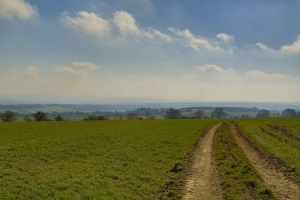On May 18, 2015, the Texas Governor Greg Abbott signed HB 40 into law. The law is effective September 1, 2015. This new law effectively prohibits local city and county governments and subdivisions from regulating surface oil and gas activity in their jurisdictions. The law provides that all such regulation is now preempted by the state of Texas. The new law does have an exception, but it is so narrow as to be effectively useless.
This is not a good day for Texas property owners. I foresee the law of unintended consequences coming into play here. Specifically, as oil and gas activities encroach on residential areas, the market value of those properties will decline, and may decline substantially. That means appraisal districts will have to reappraise these properties at a lower level. That in turn results in lower tax revenues. Texas counties are already pinched financially. Will Texas counties simply increase the tax rate to make up for the lost revenues? Texas property owners already bear huge tax burdens from county and school taxes. Many counties spent like drunken sailors when taxes were buoyed by taxation of oil and gas production during times of high oil and gas prices. Now they have huge overhead and new programs that they cannot pay for. What happens next will depend on how much oil and gas activity occurs in residential areas where it was previously prohibited and what impact that has on local taxes. To be announced.




 The Facts
The Facts